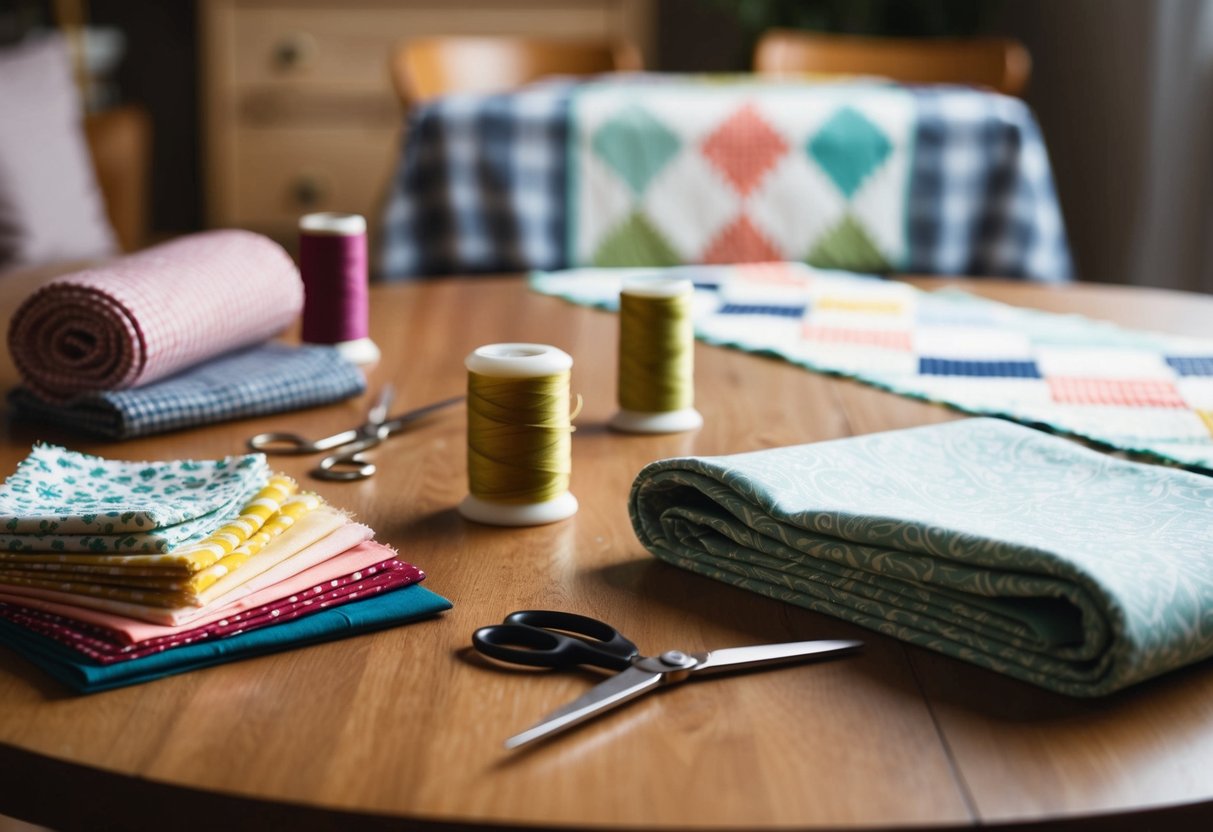Handmade Table Runners: Crafting a Personal Touch
Creating a unique ambiance in any dining space can be seamlessly achieved with the addition of handmade table runners. These pieces not only enhance the aesthetic appeal but also reflect personal style and craftsmanship. Choosing a handmade table runner offers the opportunity to bring warmth and individuality to any occasion.
Crafted with care, each table runner tells a story through its fabric and design, making them perfect conversation starters at gatherings. These runners can be customized to fit any theme or color palette, making them versatile additions to any table setting.
For those who appreciate the charm of handmade items, investing in a handcrafted table runner is a meaningful way to support artisans and bring a touch of artistry into the home. The varied textures and patterns available ensure that anyone can find a piece that resonates with their personal style, emphasizing the unique qualities that handmade items bring to decor.
The Art of Handmade Table Runners
Handmade table runners carry both a deep historical significance and a modern-day allure. They enhance table decor while providing a personal touch to any setting.
Historical Significance
When exploring the origins of handmade table runners, one finds their evolution intertwined with cultural and artistic developments. They date back centuries, with early examples found in monastic settings. Monks used simple woven cloths to protect wooden surfaces, which evolved into more decorative pieces over time.
Regions around the world contributed unique styles and techniques, such as embroidery, lace-making, and weaving. In Europe, these table runners became symbols of affluence, adorned with intricate patterns. In Asia, bright, complex designs became integral parts of celebrations and gatherings. Each thread and stitch represented a blend of practical use and artistic expression, preserving cultural heritage through generations.
Contemporary Relevance
In today’s world, handmade table runners have gained popularity for their ability to bring warmth and personality to any table setting. These pieces offer a unique touch that factory-produced decor cannot replicate. Homeowners and decorators appreciate their craftsmanship and individuality, allowing personal style to shine through.
Current trends see artisans experimenting with modern designs and materials, while still respecting traditional techniques. Handmade runners are often featured in both casual dining scenarios and formal occasions, balancing elegance with functionality. They serve as a focal point, accentuating table decor through varied textures, colors, and patterns. This blend of past and present makes them a beloved choice for those looking to personalize their spaces with authenticity.
Choosing Materials for Your Table Runner

Selecting the right materials for a table runner is crucial for balancing aesthetics with practicality. Consider fabric types and their care requirements to ensure your table runner is not only beautiful but also durable and easy to maintain.
Fabric Selection
Cotton, linen, and polyester are popular fabric choices for table runners. Each fabric type offers distinct advantages. Cotton is soft, breathable, and can be easily dyed, providing a range of color options. Linen, known for its texture, gives a rustic and elegant look and is best suited for formal settings. Polyester, on the other hand, is valued for its wrinkle resistance and versatility in patterns.
Additionally, silk may appeal to those looking for luxury, while burlap brings a more relaxed and casual feel. When selecting a fabric, think about the table runner’s intended use. A formal occasion may call for silk or linen, while everyday use might benefit from the practicality of polyester or cotton blends.
Durability and Care
The longevity of your table runner relies heavily on the durability of its materials and how well it can be maintained. Cotton is durable and withstands frequent washing, making it ideal for regular use. Linen provides a sturdy option but requires careful treatment to prevent damage. Polyester’s resilience to stains and fading makes it practical for easy maintenance and ideal for busy households.
Stain resistance and ease of cleaning are important factors for families with children or for runners used in high-traffic areas. Consider materials that can be machine washed to save time and effort. Always check care labels to ensure proper cleaning methods are applied, preserving the runner’s appearance over time.



